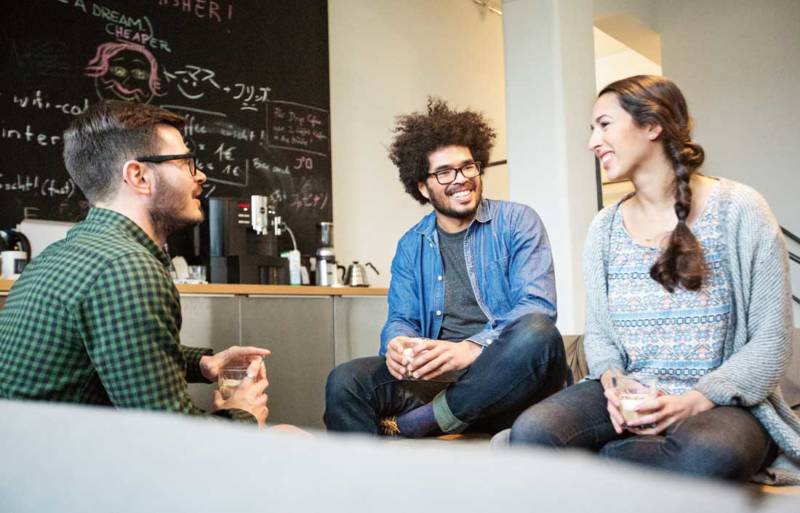
When you think about an interview, do you imagine yourself in the driver’s seat or the passenger’s seat? If you feel like you are in the passenger seat, perhaps it’s time to change the way you think about the interview. Instead of thinking about it as a meeting that you are attending, think about the interview as a presentation that you’re giving; a presentation about yourself with interesting points, visual aids and questions for the audience.
Take some time to put together an interview “presentation kit” with all of the things you might need. Here are five things to consider when deciding what to bring to an interview:
- Personal Information
- Portfolio
- References and Testimonials
- List of Questions
- What Not to Bring
Let’s take a closer look at what you should bring to an interview.

Personal Information
In order to land a job, you need to be able to prove that you are who you say you are. Be sure to bring at least one form of identification, such as a driver’s license, passport or your social security card. Also, it’s a good idea to bring copies of your resume and cover letter. Even if you sent your resume and cover letter in with your application, there may be additional people sitting in on your interview who would like to have a copy of your resume. It is also a good idea to bring a copy of your school transcripts if you have them. That way, you can prove that you have graduated, and save the interviewer a step in the fact-checking process.

Portfolio
A portfolio is a folder or binder that you can use to hold all of the papers that will help you land the job. If you have experience doing the type of work you will be doing in the event you get the job, your portfolio should be full of examples of that work. Design work, writing samples, or even pictures of food you have prepared would all be great work samples to include in your portfolio, depending on the type of job.

References and Testimonials
Some jobs, such as administrative or retail positions, don’t lend well to work samples. Instead of samples of your work, references and testimonials, or people’s positive reviews of your work, will show the interviewer that you have the skills for the job. Type out a list of people who can speak positively about your work experience and recommend you for the job.
References should be former employers, but if you haven’t had a job before, you could list teachers, coaches or mentors. Avoid using friends and family members as references. Be sure to include contact information, either a phone number or email address, for each person you list as a reference. Finally, tell your references that you have used them as a reference and tell them about the position for which you’re applying.
It’s one thing to tell the interviewer about your skills as an employee, but it’s even better to have someone else tell them how valuable you are. A testimonial is someone else’s written statement about your skills and qualifications. Chances are, no one has just given you a testimonial out of the blue. You’ll most likely have to ask for one. Asking for a testimonial is a very common practice in the professional world, so there’s no need to be embarrassed or afraid. As long as you ask someone who values your work they should have no problem writing you a great testimonial to use in landing a job.

List of Questions
It’s very important to ask relevant questions during your interview. Asking questions shows that you have done some research on the company and the position. Take time to write down a list of questions on a notepad and bring it with you to the interview along with a pen and your portfolio. As you go through the interview, feel free to write down more questions on your notepad as they come up. Toward the end of the interview, the interviewer will ask if you have any questions about the job or the company. After answering a series of questions about yourself, it’s now your turn to ask some questions. It’s not necessary to memorize these questions, so feel free to reference your list during the interview. It’s likely that some of the questions you originally wrote down will have been answered during the interview, so be sure to skip over those when deciding which questions to ask.

What Not to Bring
Now that we’ve figured out what to bring to the interview, it’s time to talk about what not to bring. Certain items could be distracting or seem unprofessional to the interviewer. Chewing gum, food and beverages have no place at an interview. However, there is a good chance that the interviewer will offer you water or coffee. It is perfectly fine to accept it.
It is a good idea to leave your phone in the car or at home during your interview. Finally, do not bring anyone else with you to the interview, such as a family member or friend. If you need someone to give you a ride, ask if they can drop you off and pick you up.
Want to learn more about Interviewing Etiquette? Stay tuned for our next post where we will give you more useful tips. To learn more about workplace readiness, click the free trial link below.
